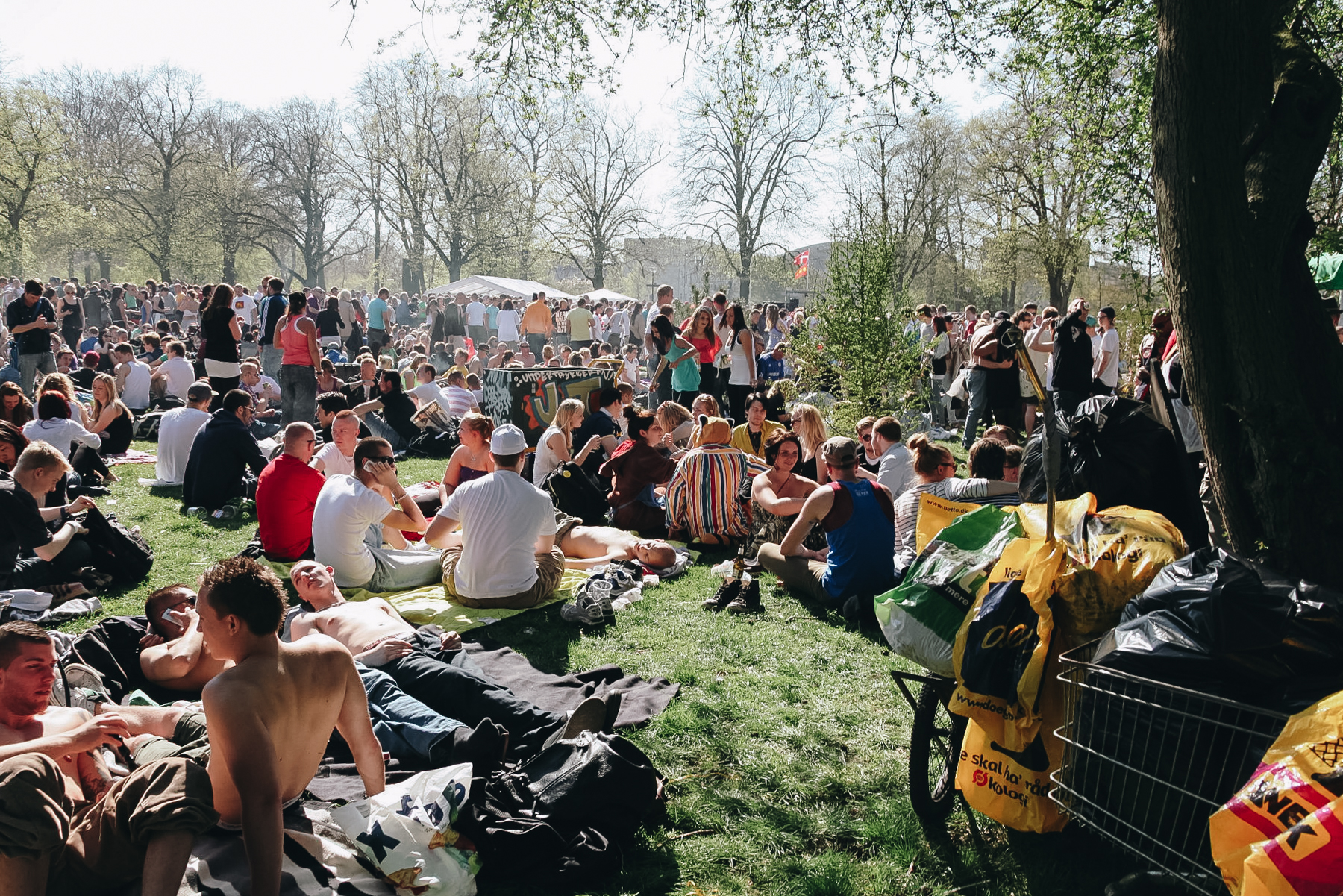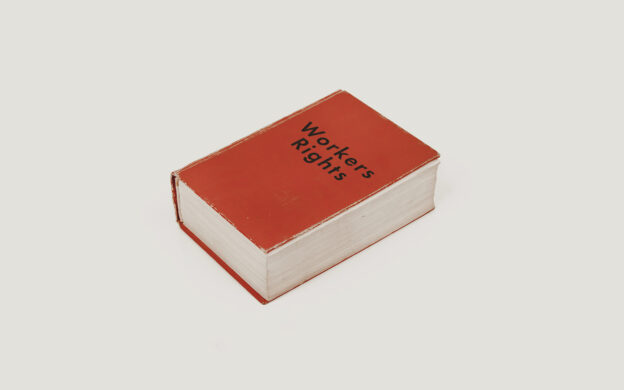Although not an official national holiday in Denmark, International Worker’s Day, also known as Labour Day and arbejdernes kamp og festdag, is often treated with the same fervor as one. It’s celebrated by thousands across the country, plenty of whom are given the day off by their employer to do so. International Workers’ Day in Denmark is characterized by fiery speeches, red banners, worker’s songs, and plenty of beer and coffee.
Here’s the history of International Worker’s Day in Denmark, including why, where, and how it’s celebrated:
What is International Workers’ Day?
A day celebrating the hard-won rights’ of workers, especially blue-collar. Although it can be a political affair, Denmark’s down-to-earth approach to unions and workers’ rights means you can still enjoy beers, food trucks, and even live music (in between the political speeches). Overwhelmingly, it’s a day for solidarity, an important concept in Danish society and culture.

History of International Workers’ Day
The international tradition was introduced in 1890, as workers around the world chose the first day of May to campaign for and celebrate workers’ rights.
The date itself was chosen to commemorate the Haymarket affair – the aftermath of a bombing that took place at a labor demonstration – which occurred in Chicago on 4 May 1886. The trend took hold of the Scandinavian nation not long after its introduction.
The first International Workers’ Day was celebrated in Copenhagen’s Fælledparken, which remains an important location to this day. On May 1st, 1890, Danes joined workers all over Europe and America in walking out of work to take part in the demonstration – then an illegal activity in Denmark.
At this time, the most important right being fought for was an eight-hour workday. Finally, in 1920, this was granted.
Politics and Speeches
The day has come to have political significance, as politicians from both sides of the spectrum use the occasion to appeal to workers. In 2013, former prime minister Helle Thorning-Schmidt was booed by a crowd in Aarhus amid criticism of the increasingly liberal policies of her Social Democrat government.
Historically, International Workers’ Day has been associated with the socialist movement. The left-leaning parties in Denmark take an active part in the 1st of May event at Fælledparken, setting up information booths, speaking with union leaders, and giving speeches throughout the day. The unions and these political parties have worked closely together in the past, resulting in strong unions throughout the Nordic countries that have been able to influence policy through the years.

International Workers’ Day remains unashamedly left-wing – so much so that in 2017, the MetroXpress published a spoof story about the leader of the right-wing Danish People’s Party giving a speech on May 1st.
But it’s not just politicians using the day for speeches, as union leaders also address the crowds. The very first speech was given by Jens Jensen, chairman of Copenhagen’s unions at the end of the 19th century. At the time, these were rallying cries for fairer conditions. Although this is still the basis of the work that unions do, nowadays the speeches are usually about unity and standing together – don’t expect to witness any political bombshells.
Red banners and anthems
Red flags and banners are used internationally to celebrate Workers’ Day, as the symbols are predominantly associated with socialism, communism, Marxism, trade unions, left-wing politics, and anarchism since the French Revolution.
Red banners in Denmark mark out political messages as well as union and trade affiliations at International Workers’ Day gatherings.

Traditionally, anthems like Sådan er Kapitalismen or Når jeg ser et rødt flag smælde (When I See a Red Flag) would be sung in chorus at these events. Although anthems in Fælledparken no longer take place, local unions still do them and it’s not uncommon to hear them on social media during the day.
How to take part
The largest demonstration is held in Copenhagen in Fælledparken, though there are local International Workers’ Day rallies held in towns all over the country. Although there is some police presence at the larger events, the day does not have an aggressive reputation and is mostly enjoyed by families – many of whom take to parks with picnics to enjoy the day off.
To make the most of the day, pack a sandwich, grab a few beers, brush up on your politics, and head to the park for some lively discussion.
Happy International Workers’ Day!

